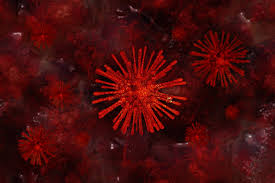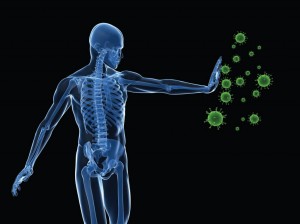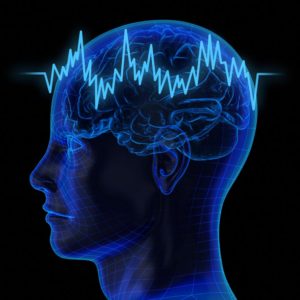Anticipating something tasty can lead to a watering mouth and grumbling stomach, but these familiar responses aren’t the only ways the body prepares for nourishment. According to a study published today (November 15) in Cell, sensing food primes mice to process incoming nutrients by directions from the central nervous system to the liver.
“It’s a great tour de force combining [several strategies] in one paper to then identify pathways by which food anticipation could alter hepatic metabolism,” says Christoph Buettner, a physician and researcher at Icahn School of Medicine at Mount Sinai in New York who was not involved in the study. “It’s interesting that even before your food hits your tongue or ends up in your stomach, there are changes that prepare an organism for nutrient storage.”
Two types of cells in the brain’s hypothalamus have been shown in previous studies to play opposing roles in regulating how much an organism eats. AgRP neurons are turned on when energy stores are low, making an animal seek out food, while POMC neurons, activated when an animal is sated, inhibit eating.
Up until a few years ago, the prevailing wisdom was that ingested food resulted in hormonal changes and subsequent neuronal activation after some lag time, says Jens Brüning, an endocrinologist and geneticist at the Max Planck Institute for Metabolism Research in Germany. But in 2015, researchers from the University of California, San Francisco, showed in mice that these neurons change their state of activation nearly instantaneously in response to the sight or smell of food.
“What that paper showed was that, basically, the second the animal sees or perceives the food, the POMC neurons get activated and the AgRP neurons get inhibited—exactly as you would predict it to occur in response to having eaten,” Brüning tells The Scientist. “It doesn’t mean that this hormone regulation in the long term is not important, but there is an additional layer of very rapid regulation . . . driven by the sheer sensory perception of food.”
In the current study, Brüning and his group investigated whether or not this rapid neuronal response primes the liver for the anticipated calories. They started by depriving mice of food for 16 hours and then either fed them or just presented food they could only see and smell. In the livers of both groups of mice, but not in mice that continued fasting and also had no food in sight, the researchers detected rapid transcriptional and protein activation changes that led to remodeling of the endoplasmic reticulum within hepatic cells, likely to prepare them for protein production.
The research team found that these observed changes were dependent on signaling in the POMC neurons of the animals’ brains. When they artificially stimulated the POMC neurons, they found that sympathetic neurons in the animals’ livers lit up with activity. They showed that norepinephrine released by these sympathetic neurons stimulated hepatic cells, resulting in the transcriptional and protein activation changes observed after the mouse senses food. Taken together, these findings indicate that when a rodent smells or sees food, the brain’s POMC neurons communicate with sympathetic neurons that signal the liver cells to prepare for nutrients by expanding the endoplasmic reticulum.
Scientists have known about food anticipation since Pavlov’s dog, but figuring out how the brain communicates with peripheral tissues, in this case, the liver, is “very exciting,” says Sangwon Kim, who studies nutrient sensing at Johns Hopkins University and did not participate in the work. He adds that several open questions arise, including what sense—sight, smell, or hearing—is most important and how this information gets to the POMC neurons. But “the most important question is, what is the physiological implication of this short anticipatory behavior in the liver?”
Brüning’s team plans to investigate what purpose this system serves, and not just in healthy mice. “The question is whether it’s conserved in humans,” he says, and if it has any relationship to obesity and diabetes.







